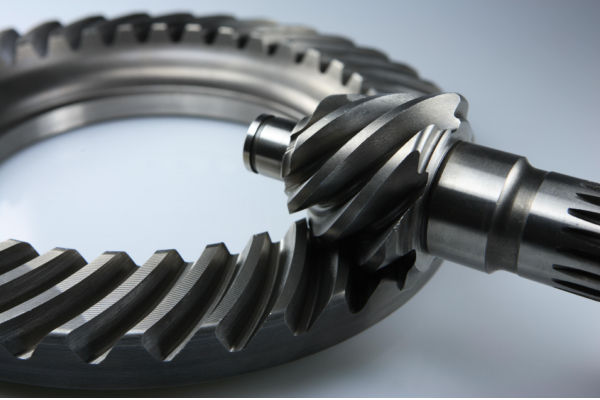Lock bolt & collar are the most basic mechanical fasteners in almost every corner of our lives – from furniture assembly to bridge construction, from electronics to spacecraft. These deceptively simple metal parts carry the responsibility of connecting the world.
What is lock bolt & collar?
A bolt is usually a cylindrical metal rod with an external thread, which may have a head at one end and is used to apply torque to achieve tightening. A collar, on the other hand, is a metal ring with an internal thread that engages two or more parts tightly together by engaging with the external thread of the bolt.

How it works
The bolt-nut system works by the bevel principle of the thread:
- When the nut is rotated, the thread converts the rotational motion into linear motion
- The resulting axial force presses the connectors together
- Friction prevents loose connections
Surface treatment technology
- Galvanizing: economical anti-rust, divided into electroplating and hot plating
- Dacromet: Excellent corrosion resistance, no hydrogen embrittlement
- Blackening treatment: beautiful, rust prevention ability is average
- Nickel plating: highly decorative, medium corrosion resistance
- PTFE coating: anti-friction and chemically resistant
Fields of application
- Industrial manufacturing: mechanical equipment, production line equipment
- Construction field: steel structure connection, curtain wall installation, bridge construction
- Automotive manufacturing: engine components, chassis and suspension systems, body assembly
- Aerospace: aircraft structures, satellites and rockets
- Other areas: shipbuilding, agricultural machinery
Selection guide
- Load type: static load, dynamic load, shock load
- Environmental conditions: humidity, temperature, corrosive medium
- Frequency of disassembly: permanent connection or maintenance is required
- Appearance requirements: whether it is visible or not, it needs to be beautiful
- Cost Budget: Balance performance and economy
Lock bolts are small, but they are indispensable basic components in modern industry. Understanding their characteristics and how to use them correctly will not only ensure engineering safety, but also increase equipment longevity and reliability. The next time you tighten a bolt, think about the precision engineering behind this simple action.

